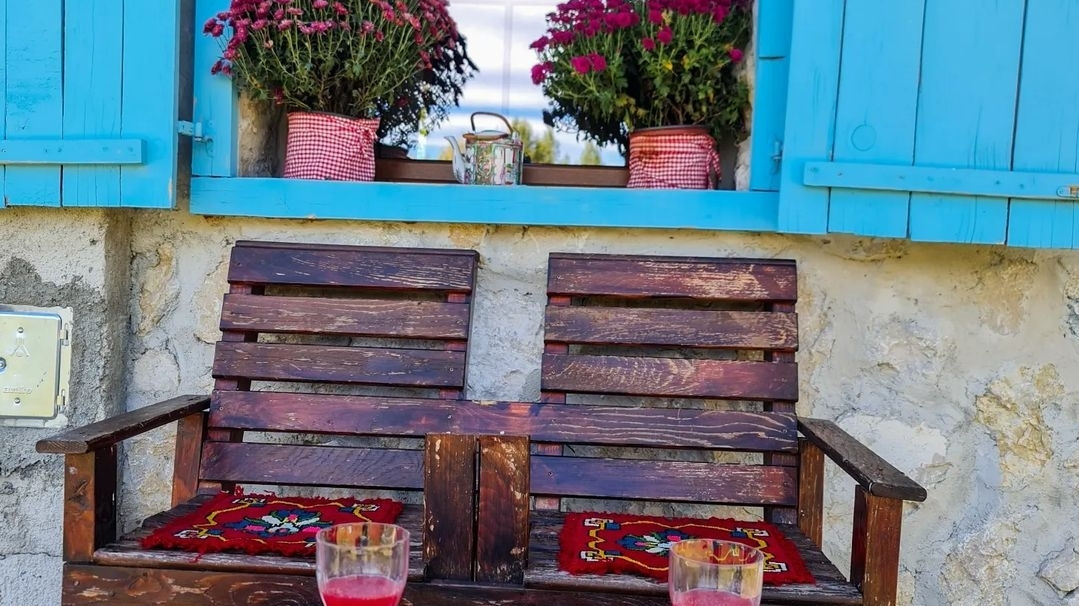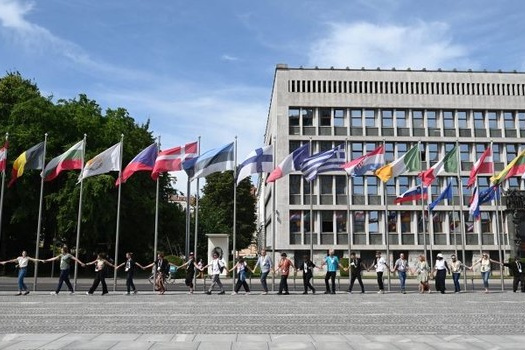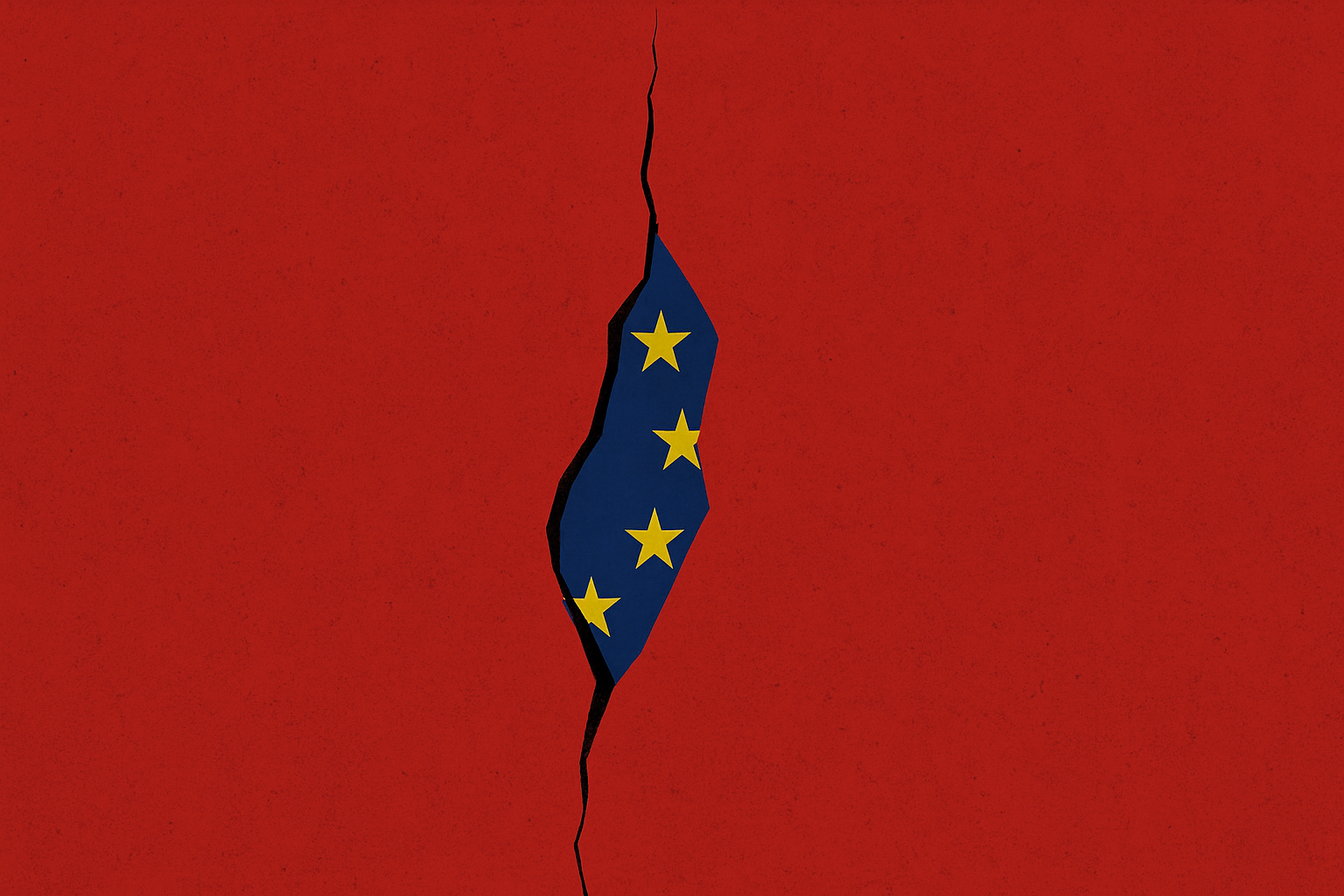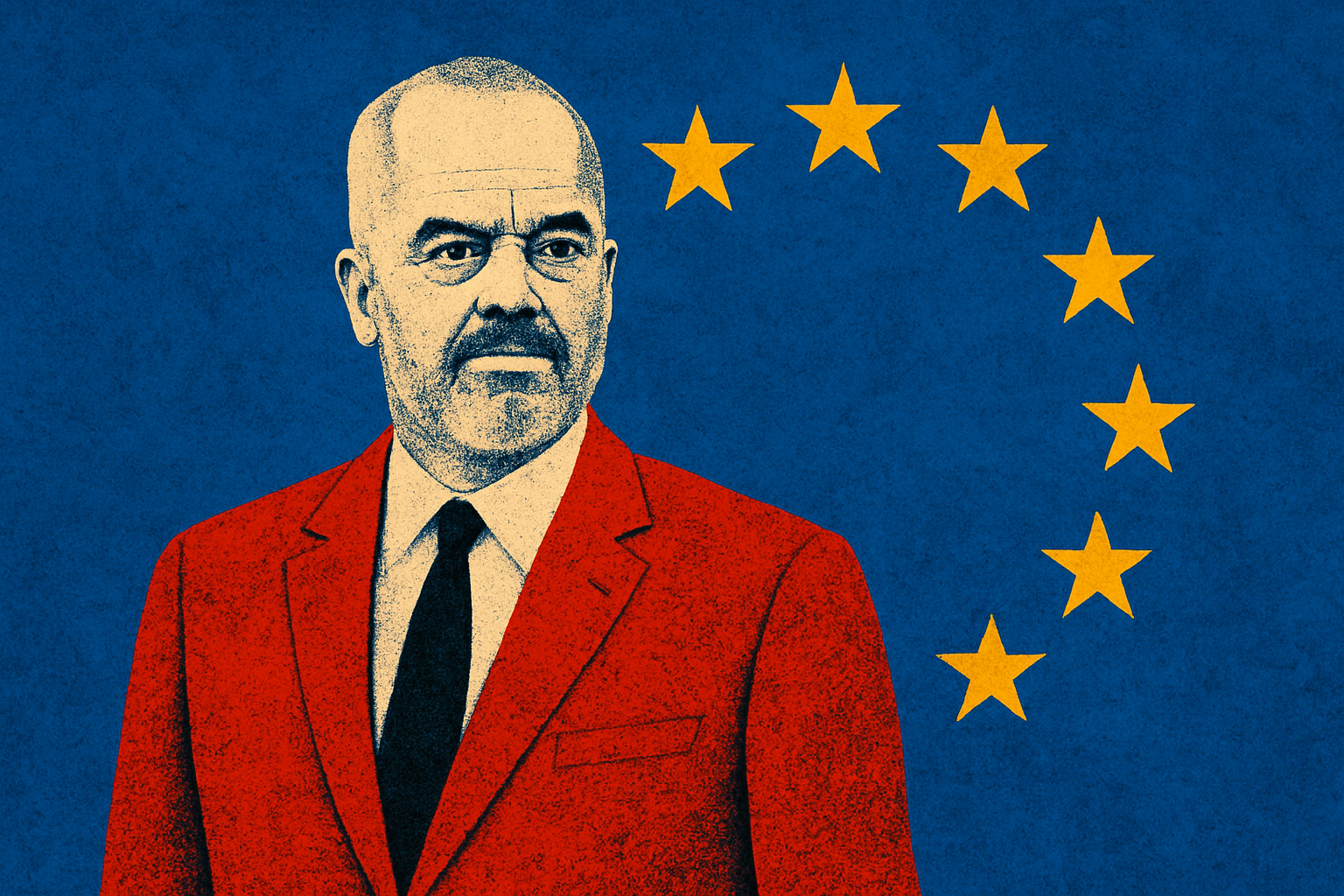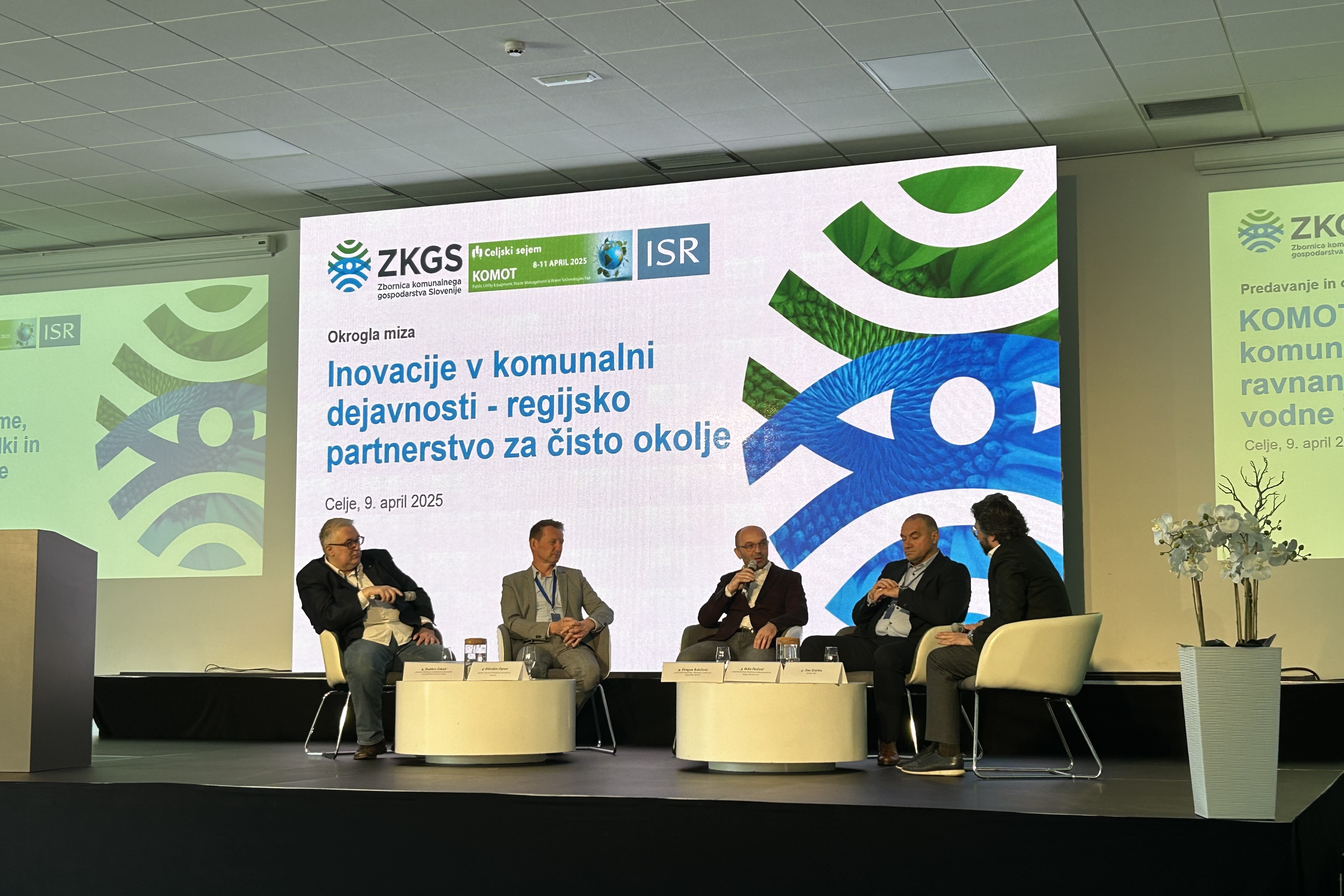Ethno village Montenegro
A journey into the slow-paced life of rural Montenegro
Vuk Koljenšić, Draženka Laketić
JOURNALISTS AT THE ADRIATIC
Montenegro is an ideal destination for those interested in rural and ethno-tourism, as it is home to a variety of traditional cultures and lifestyles. Visitors can explore the breathtaking mountain villages and charming rural towns, visit the traditional stone villages in the north, or admire the magnificent coastline, especially around the Bay of Kotor. There are also numerous traditional festivals and events that take place throughout the year.
One not-so-conventional competition happens in Etno selo Montenegro, where people gather to complete in lying down competitions. We sat down with the owner of the ethno village, Milonja Blagojević.
Where did the idea for the ethno village of Montenegro come from?
Just over a century ago, my great grandfather, Kojo, bought property and land where the ethno village of Montenegro is now situated. He had arrived with his two sons, Simeun and Vukosava, his daughter, Miladina, and our grandfather, Vukola, to start a life in farming and breeding livestock. As a boy, our grandfather planted a maple tree, which is now over 100 years old, and under whose branches the family rested after a hard day’s work farming the land. The same tree now provides tourists with shade and positive energy. Today, my brother Radonja and I, with our families and our parents, Stojan and Zork, have managed to preserve and maintain the traditional methods of food production and the handed down customs of over one hundred years ago. Our grandmothers, Grana and Miloslava, have also passed on traditional recipes for preparing food such as kačamaka, cicvara, pies, lamb under the bell, homemade bread, and numerous cheeses and dairy products – and we continue to pass these traditions and recipes on to our descendants.
Part of the village encapsulates the Nevidio Canyon, and we came up with an idea for hosting foreigners with whom we could share our appreciation of the beauty spots and landscape of Piva, the Canyon and all that the Piva Nature Park has to offer.
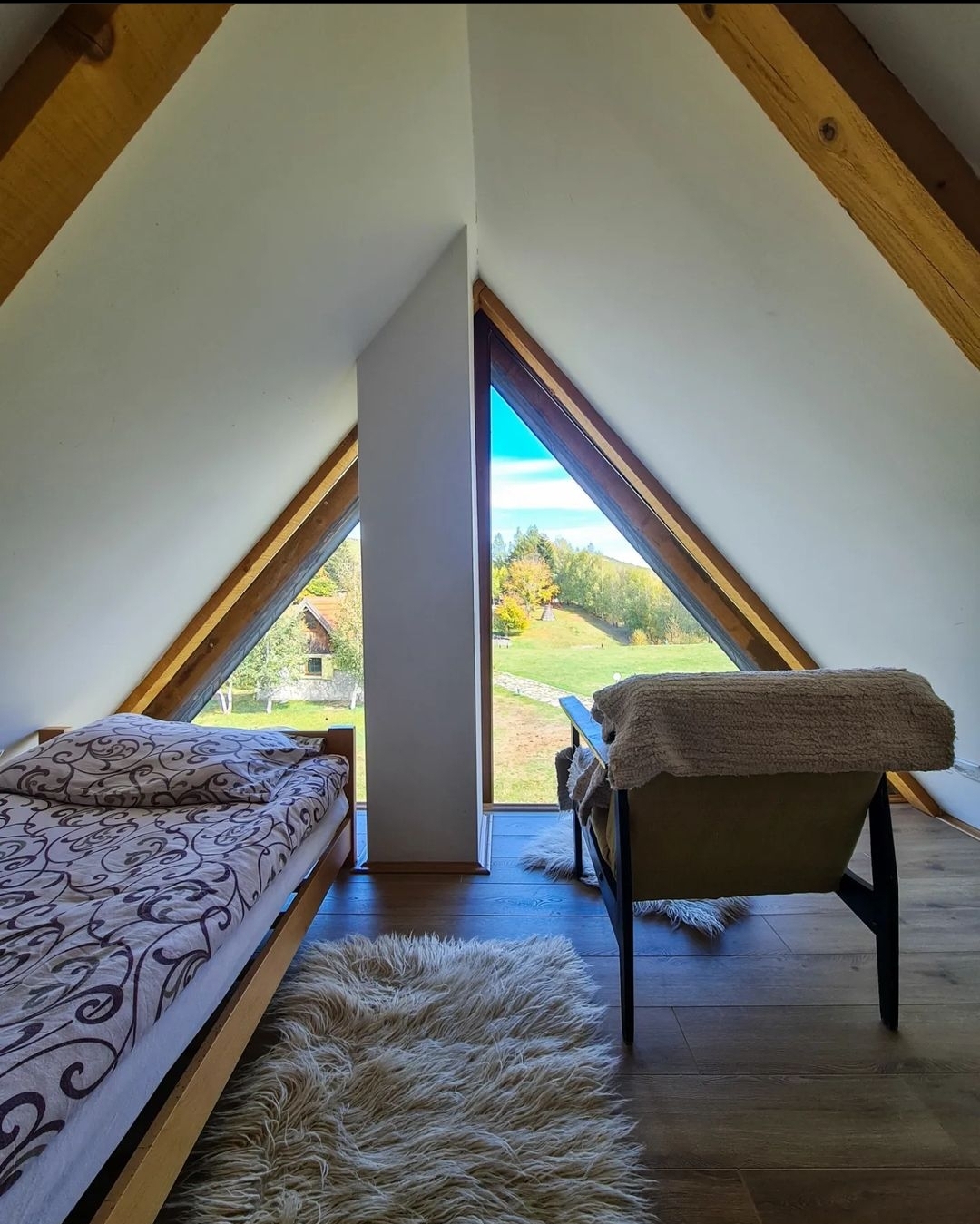
From Idea to Realization: How much effort and innovation is required for such a project?
The ethno village bears the same name as its mother country – Montenegro in fact, the country Montenegro gained its independence the day after our village was founded. The ethno village has proved an enormous success and won numerous awards, including the Ministry of Tourism award for the most innovative project in 2006 and the UNDP award for the best business plan in 2008. The recognition and awards have resulted in a rapidly growing public interest and an increased number of visitors every year, and in turn, the visitors have generated many innovative ideas and events for the area. The project has also received great media support with over 3000 newspaper articles, 150 guest appearances on various TV networks and over 5000 mentions in the Internet. From spring until autumn, the average number of tourists crossing the border to Šćepan Polje on the road that passes by the ethno village, is about 2000 per day, and if that is multiplied by the number of days in the peak season, the figure amounts to over 250,000 people crossing the border. Every year, the ethno village also hosts over 10,000 schoolchildren who visit the nature reserve and its surrounds. In addition, our family was the initiator of the Organic Production Program, and we also publish various books and brochures based on preserving our cultural heritage and traditions, such as A Guide to Medicinal Herbs from Piva, a traditional Montenegrin cookbook called Montenegro – from Field to Table, and one on the beauty and antiquities of Montenegro.
Despite a low start-up investment, and seemingly impossible financial calculations – we have managed through time, patience and preseverance to successfully achieve our boyhood dream.
By promoting rural tourism, do you think that Montenegro can offer quality attractions and places of interest in the north of the country as well?
As far as the variety of attractions available in Montenegro is concerned, we believe that the events and places of interest on offer is often more complete in the north, where businesses are mainly owned by families, and the families are actively involved in the products that they are promoting. This genuine family immersion in the “Montenegrin product” attracts an ever-increasing number of tourists to Montenegro every year. The tourists themselves have also developed a growing empathy with the country and are paying more and more visits to it, which makes us happy. The basis for the development of rural tourism is the unspoilt countryside and ruralism, which is even more pronounced in the north than in the south. Much of the coastline is now quite urbanized and developed, and travellers cannot experience the unspoilt landscape and sights related to the countryside and nature as they can in the north.
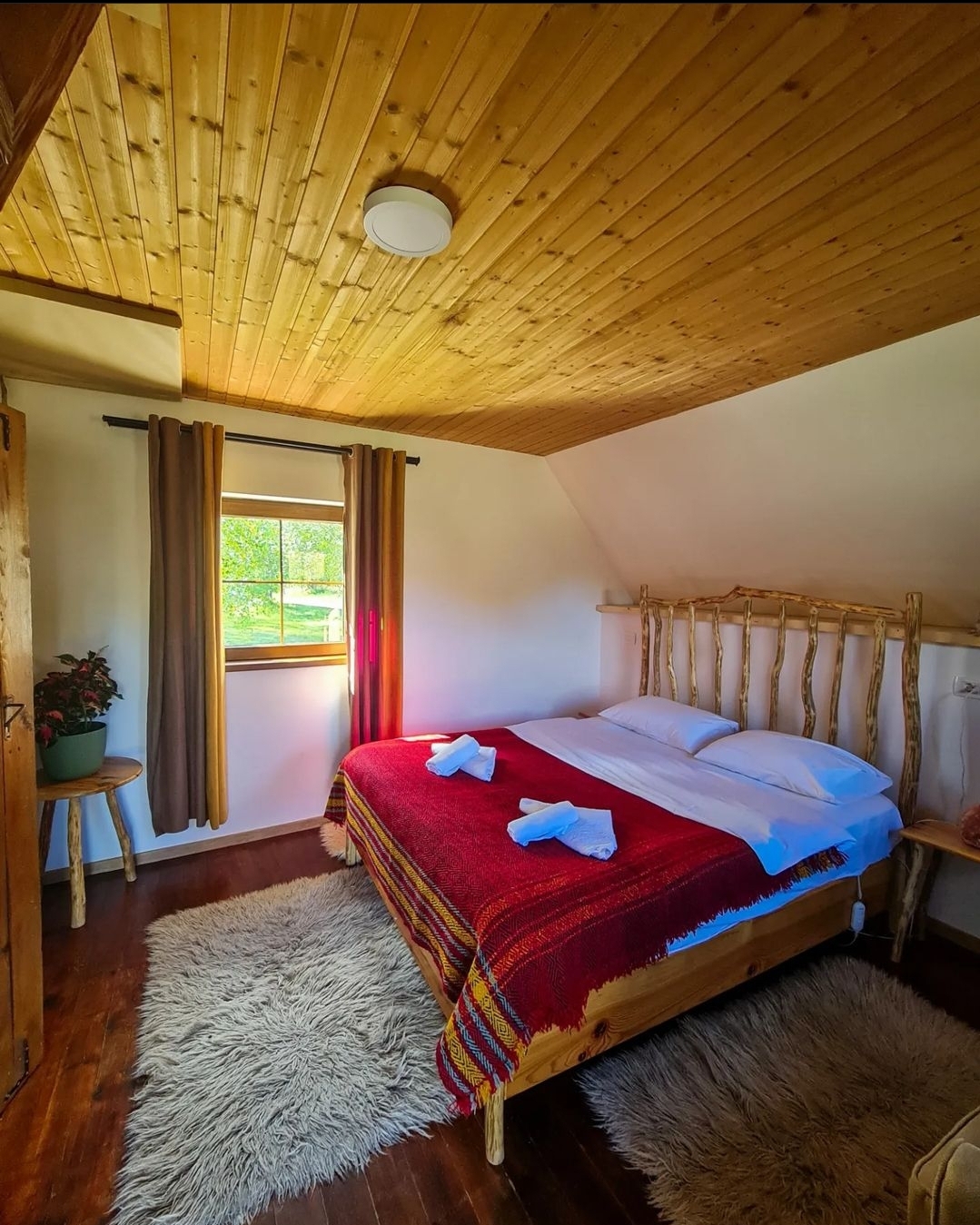
You are recognized around the world as a locality that organizes interesting competitions, in which the “lying down competition” is leading the way. Can you tell us more about that?
We often talk of the myth about Montenegrins being lazy in a humorous way, but now we have turned it into an actual manifestation in the form of a lying-down competition. This competition aims to send a message to the world that it is not so easy to lie down, and also to stimulate the curiosity of the general public about Montenegro and its culture. As a result of this competition, we received a lot of attention and interest from all over Montenegro, as well as from the region. It was one of our most successful promotions. In the ethno village, we also have cheese museums, music festivals, and a museum of postal traffic and telecommunications. We are also planning to extend the range of museums to other categories over the coming period.
Is there any funding for them from the state?
Up until now, we have had solid cooperation from the Ministry of Agriculture, who have provided us with machines for agricultural production. However, we believe that some support from the Ministry of Tourism could prove greatly beneficial, since together we could improve village and rural tourism for the betterment of the entire economy.
What are your plans for the future, what would you like to do and what is your vision?
Our overall goal is to amply satisfy our foreign and domestic guests. We want to continue to improve our tourism and hospitality business, and this is a perpetual process. This year we improved our cabins by redecorating the interiors and renovating the attic, in which we added a glass viewing area from where the whole village can be seen.
Our guests always return to us, and that is an excellent indicator that we are doing the right thing.
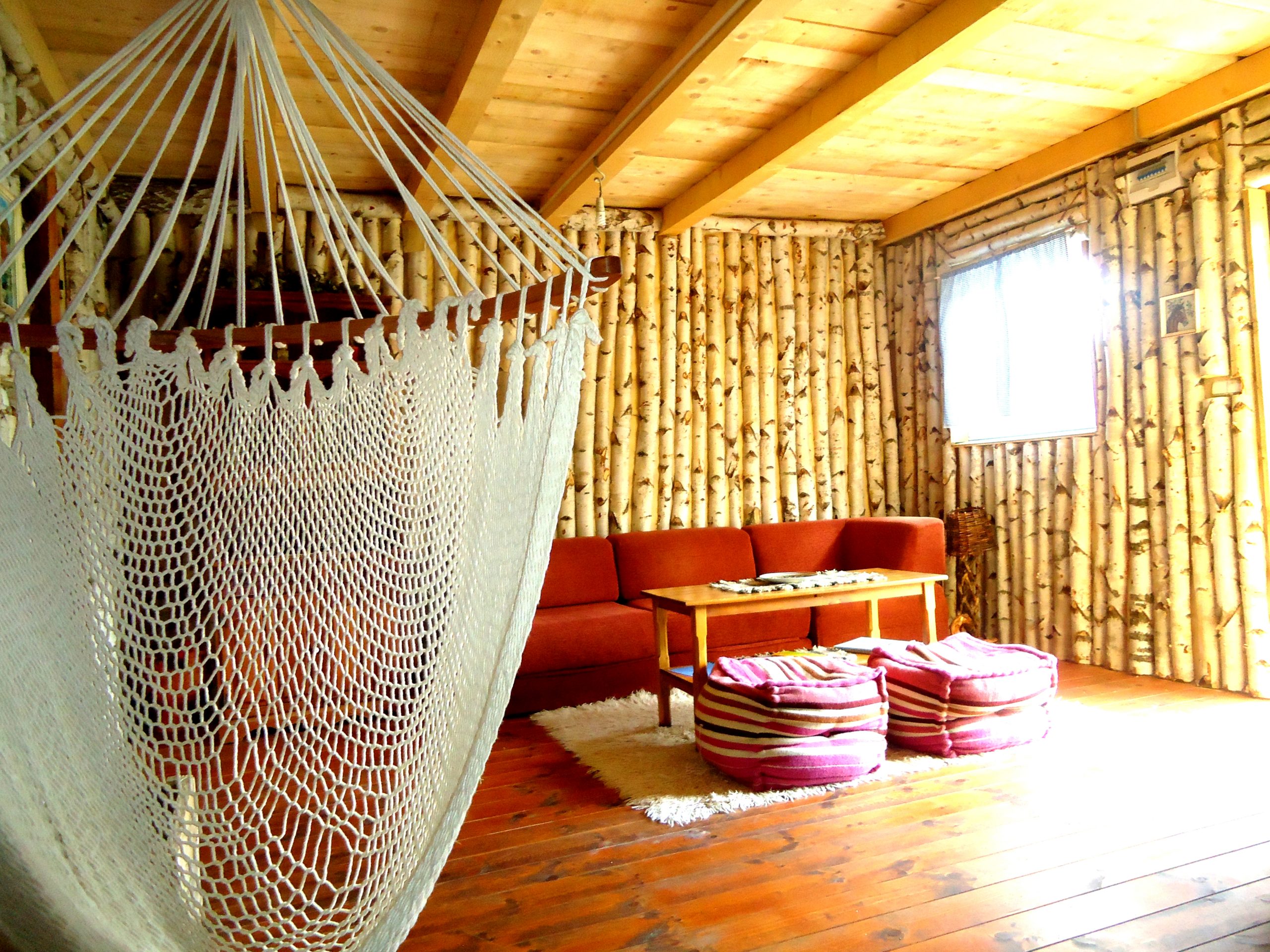
THE ADRIATIC
This article was originally published in The Adriatic Journal: Strategic Foresight 2023.
If you want a copy, please contact us at info@adriaticjournal.com.

